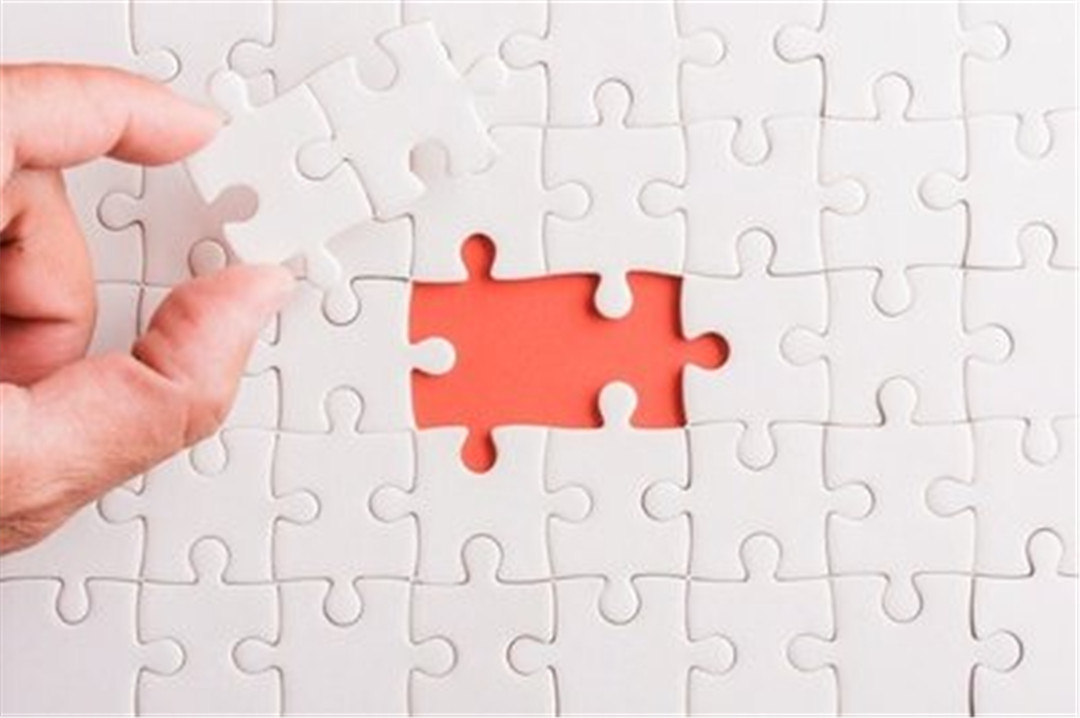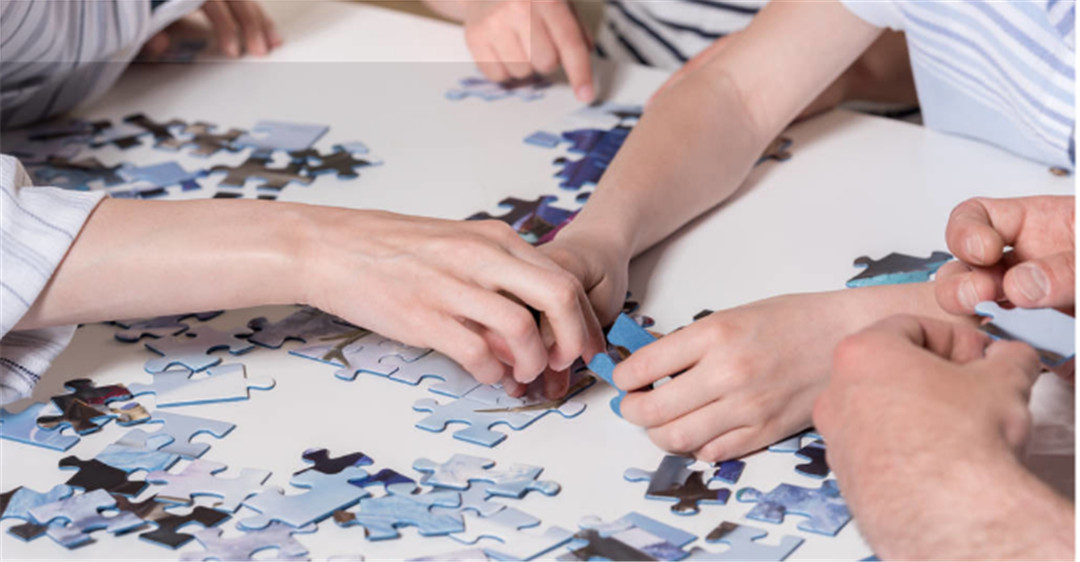The so-called jigsaw puzzle is a puzzle game that cuts the whole picture into many parts, disrupts the order and reassembles it into the original picture.
As early as the first century BC, China had a jigsaw puzzle, which is also known as the tangram. Some people believe that this is also the oldest jigsaw puzzle in human history.
The modern sense of jigsaw puzzle was born in England and France in the 1860s.
In 1762, a map dealer named Dima in France had a whim to cut a map into many parts and make it into a puzzle for sale. As a result, the sales volume was dozens of times more than the whole map.
In the same year in Britain, the printing worker John Spilsbury invented the jigsaw puzzle for entertainment, which is also the earliest modern jigsaw puzzle. His starting point is also the map. He stuck a copy of the map of Britain on the table, cut the map into small pieces along the edge of each area, and then scattered it for people to complete.This is obviously a good idea that can bring huge profits, but Spilsbury has no chance to see his invention become popular because he died only at the age of 29.


In the 1880s, puzzles began to break away from the limitations of maps and added many historical themes.
In 1787, an Englishman, William Darton, published a puzzle with the portraits of all of the English kings, from William the Conqueror to George III. This jigsaw puzzle obviously has an educational function, because you have to figure out the order of successive kings first.
In 1789, John Wallis, an Englishman, invented the landscape puzzle, which became the most mainstream theme in the following puzzle world.
However, in these decades, the puzzle has always been a game for the rich, and it cannot be popularized among ordinary people.The reason is very simple: There are technical problems. It was impossible to make mass mechanized production, must be manually drawn, colored and cut.The high cost of this complex process makes the price of a puzzle match the salary of ordinary workers for one month.
Until the early 19th century, there's a technological leap and achieved large-scale industrial production for jigsaw puzzles.Those bulky puzzles have become the past tense, replaced by light pieces. In 1840, German and French manufacturers began to use the seaming machine to cut the puzzle. In terms of materials, cork and cardboard replaced hardwood sheet, and the cost decreased significantly. In this way, jigsaw puzzles are truly popular and can be consumed by different classes.


Puzzles can also be used for political propaganda. During World War I, both warring sides liked to use puzzles to depict the bravery and tenacity of their own soldiers. Of course, if you want to achieve the effect, you must keep up with current events. If you want to keep up with current events, you must make the puzzle quickly, which also makes its quality very rough and its price very low. But anyway, at that time, the jigsaw puzzle was a way of publicity that kept pace with newspapers and radio stations.
Even in the Great Depression after the 1929 economic crisis, puzzles were still popular. At that time, Americans could buy a 300 pieces jigsaw puzzle on newsstands for 25 cents, and then they could forget the difficulties of life through the puzzle.
Post time: Nov-22-2022











